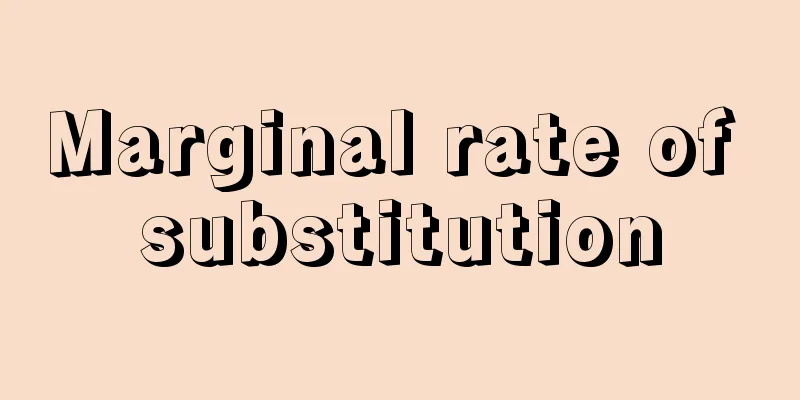Trofim Denisovich Lïsenko

|
A Ukrainian agricultural biologist active during the Soviet era. Born to a Ukrainian farming family. After studying at the Uman Horticultural School and the Kiev Agricultural Technical School, he was appointed to the Ganzha Breeding Station in 1925. He advocated the "stages of development theory," which states that plant development has several stages that require appropriate temperature, light, moisture, etc., and based on this theory, he announced the "vernalization" method (1929), in which autumn-sown wheat is artificially exposed to low temperatures and sown in the spring. In the same year, he moved to the Institute of Selection and Genetics in Odessa, where he served as director from 1936 to 1938. Around this time, he argued that vernalization genetically changes wheat from autumn-sown to spring-sown types (acquired characteristics are inherited), and fiercely attacked Mendelian genetics. He gradually gained political power under the Stalin regime, and was elected president of the Academy of Agricultural Sciences in 1939, and the following year was appointed director of the Moscow Genetics Institute. After two debates in 1936 and 1948 involving the entire Soviet biological community, Lysenko's theory was adopted as being effective for agricultural production, and opponents were expelled from the academic world. This event sent shock waves through the world's scientific community, sparking the so-called "Lysenko controversy" over the validity of his claim of mutability of genetic characteristics and the relationship between science and politics. After Stalin's death, his control weakened, and in 1955 he resigned as president of the Academy, eventually falling from grace completely. [Tatsuhiko Hikita] "The Lysenko Controversy" by Yoshiri Nakamura (1967, Misuzu Shobo) " The Rise and Fall of the Lysenko Theory: Personality Cult and Biology" by Z. A. Medvedev, translated by Fujio Kanemitsu (1971, Kawade Shobo Shinsha) [Reference item] | |Source: Shogakukan Encyclopedia Nipponica About Encyclopedia Nipponica Information | Legend |
|
ソ連時代に活躍したウクライナ出身の農業生物学者。ウクライナの農家に生まれる。ウマン園芸学校、キエフ農業専門学校で学んだのち、1925年、ギャンジャ育種試験場に赴任。植物の発育には適切な温度・光・水分などを必要とするいくつかの段階があるという「発育段階説」を唱え、それに基づき秋播(ま)きコムギを人為的に低温下に置いて春に播く「春化処理(ヤロビザーツィヤ)」法を発表した(1929)。同年、オデッサの淘汰(とうた)学遺伝学研究所に移り、1936~1938年、所長を務めた。このころ、春化処理によってコムギが秋播き型から春播き型に遺伝的に変化する(獲得形質が遺伝する)と主張して、メンデル遺伝学を激しく攻撃した。スターリン政権下でしだいに政治力を強め、1939年には農業科学アカデミー総裁に選ばれ、翌年モスクワ遺伝学研究所所長に任じられた。1936年と1948年の二度にわたり、旧ソ連生物学界をあげての討議の結果、ルイセンコ学説が農業生産上有効なものとして採用され、反対派は学界から追放された。このできごとは世界の科学界に大きな衝撃を与え、彼が主張する遺伝的性質の可変性の当否、科学と政治の関係をめぐって、いわゆる「ルイセンコ論争」を引き起こした。スターリンの死後、支配力を弱め、1955年にはアカデミー総裁を辞任し、やがて完全に失脚した。 [檜木田辰彦] 『中村禎里著『ルイセンコ論争』(1967・みすず書房)』▽『Z・A・メドヴェジェフ著、金光不二夫訳『ルイセンコ学説の興亡――個人崇拝と生物学』(1971・河出書房新社)』 [参照項目] | |出典 小学館 日本大百科全書(ニッポニカ)日本大百科全書(ニッポニカ)について 情報 | 凡例 |
<<: Lysenko controversy - Lysenko controversy
>>: Accumulated debt - debt accumulation
Recommend
Monk Zhao - Sojo
A monk from the Later Qin Dynasty in China. Born ...
People in the clouds - Unjoubito
〘 noun 〙 Courtiers and ladies who serve in the Imp...
"The Real Japanese Education" - The Real Japanese Education
...The first "white paper" issued by th...
Supply-side economics
… [Inflation and tax rates] In the 1970s, Western...
Acute viral hepatitis
...Cellular changes in the liver include those th...
Hurwitz, A.
...This method is called the Routh stability crit...
Bucarelli y Ursua, AM (English spelling)
The viceroys who ruled the Indies for 300 years w...
Asarum caulescens (English name)
A perennial plant of the Aristolochiaceae family. ...
Erythrodextrin - Erythrodextrin
…These are collectively called dextrins. Among th...
Open covering - Kaihifuku
… If every element of X belongs to some A λ , the...
Korean War - Challenge War
A large-scale international conflict that took pl...
Complex formation constant
…It is also called the complex formation constant...
Homogeneous Furnace - Kinshitsuro
A nuclear reactor with a core in which the moderat...
Underground Small Theatre
… [New Theatre Today] Thus, from the 1950s to the...
Sklabēnoi (English spelling)
...The Venedi may be regarded as a general term f...









